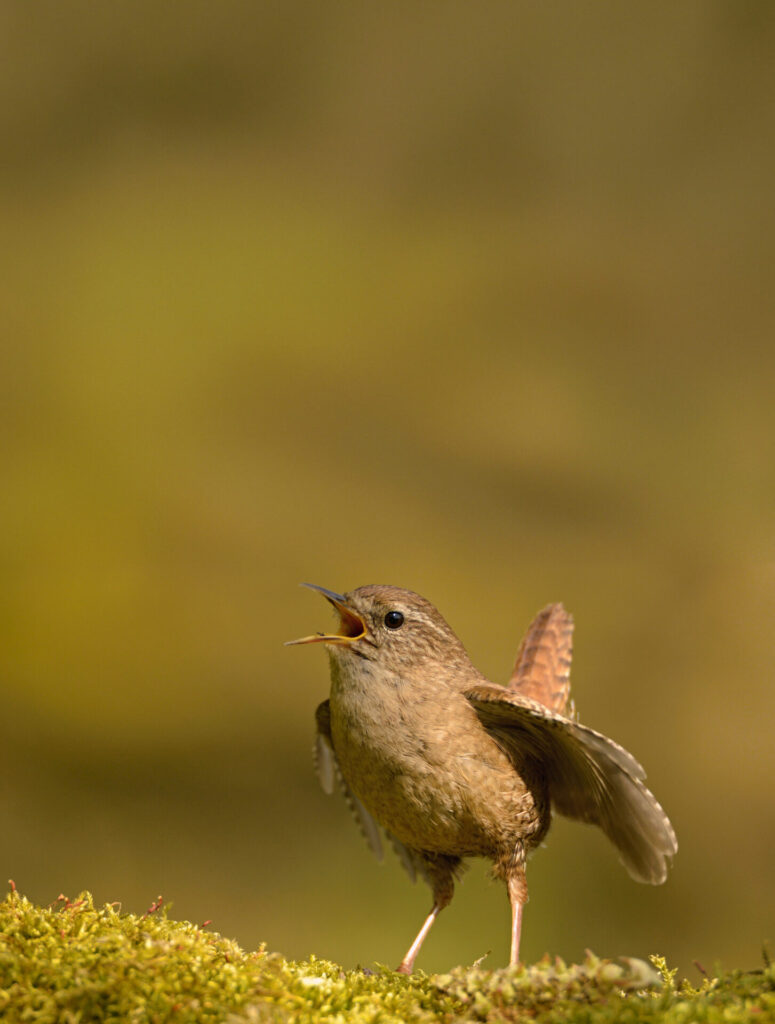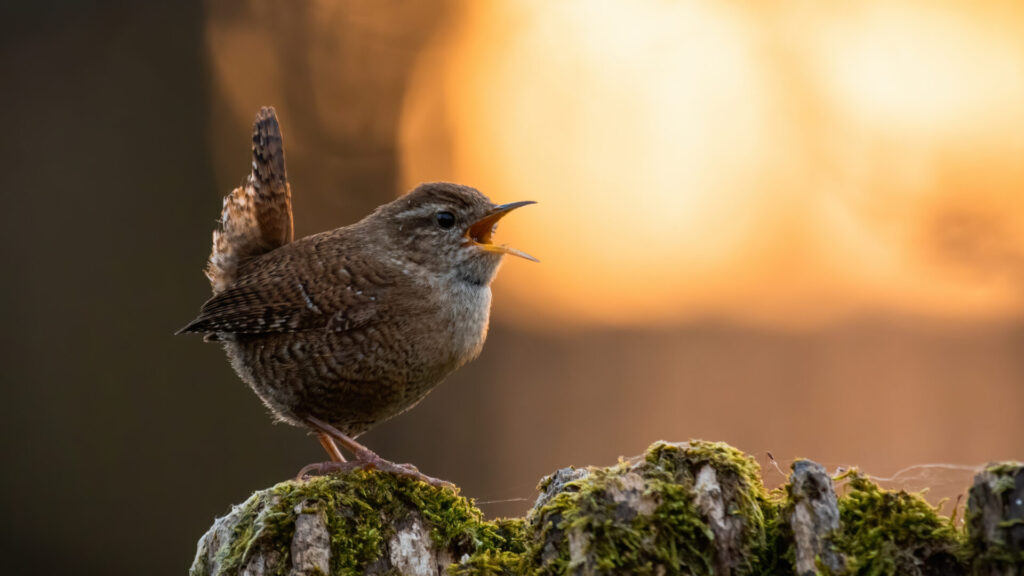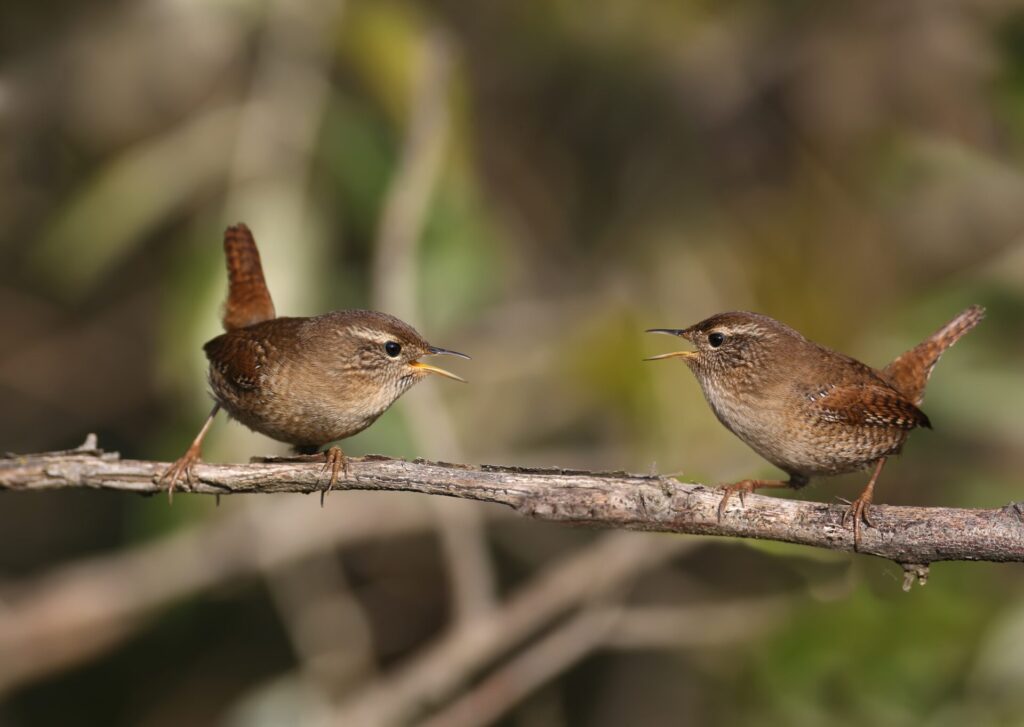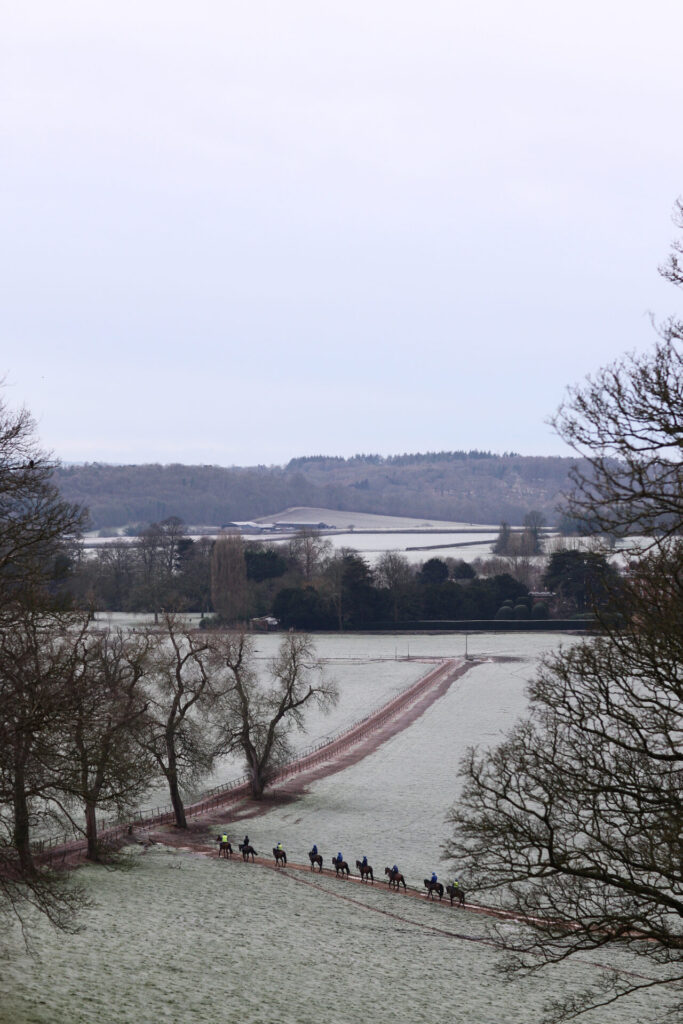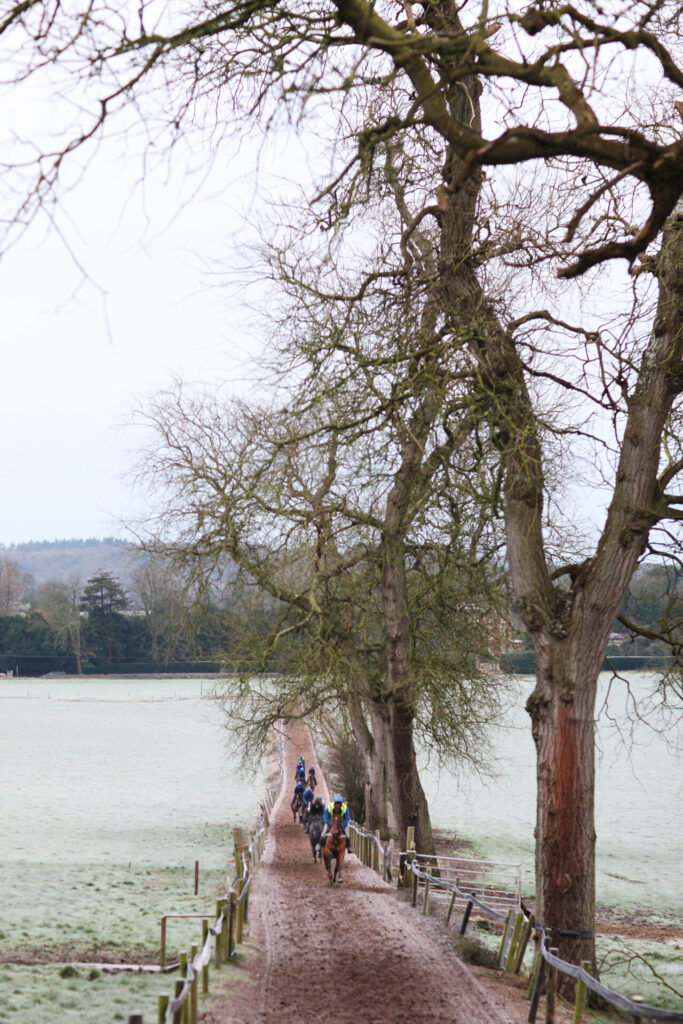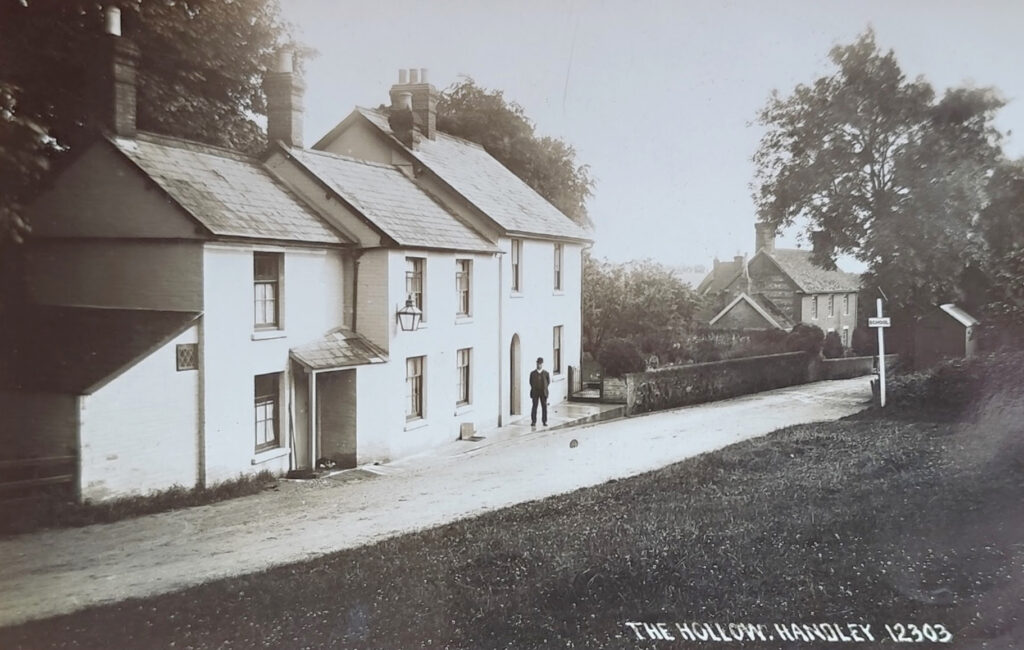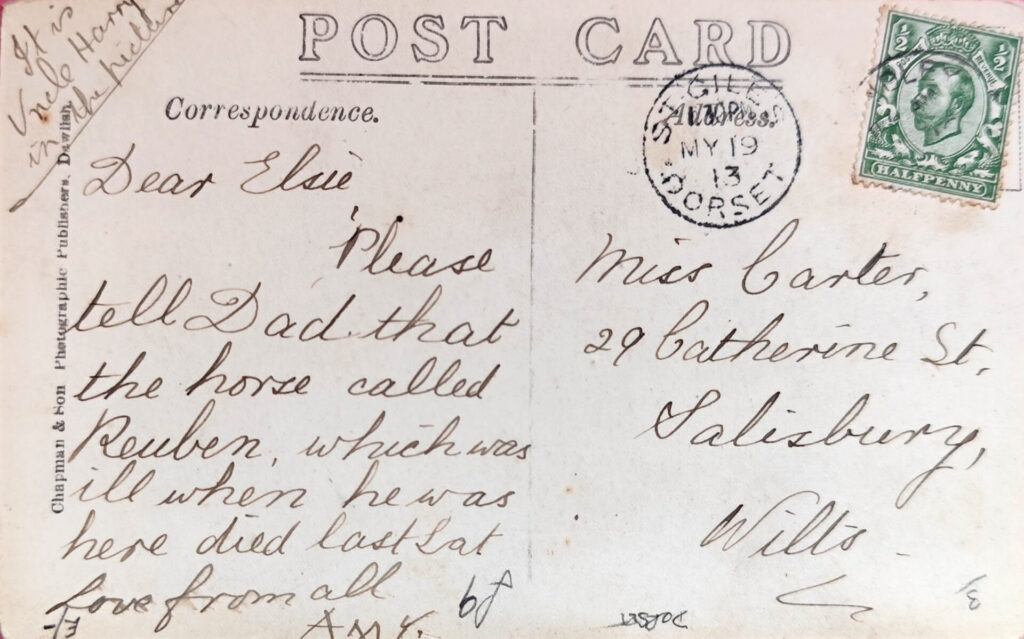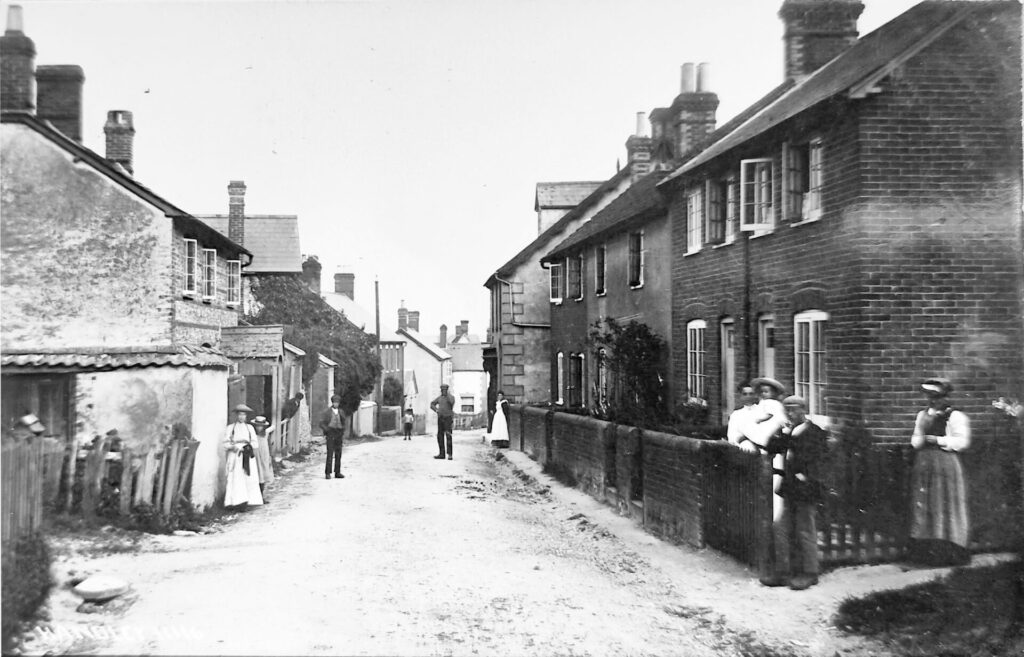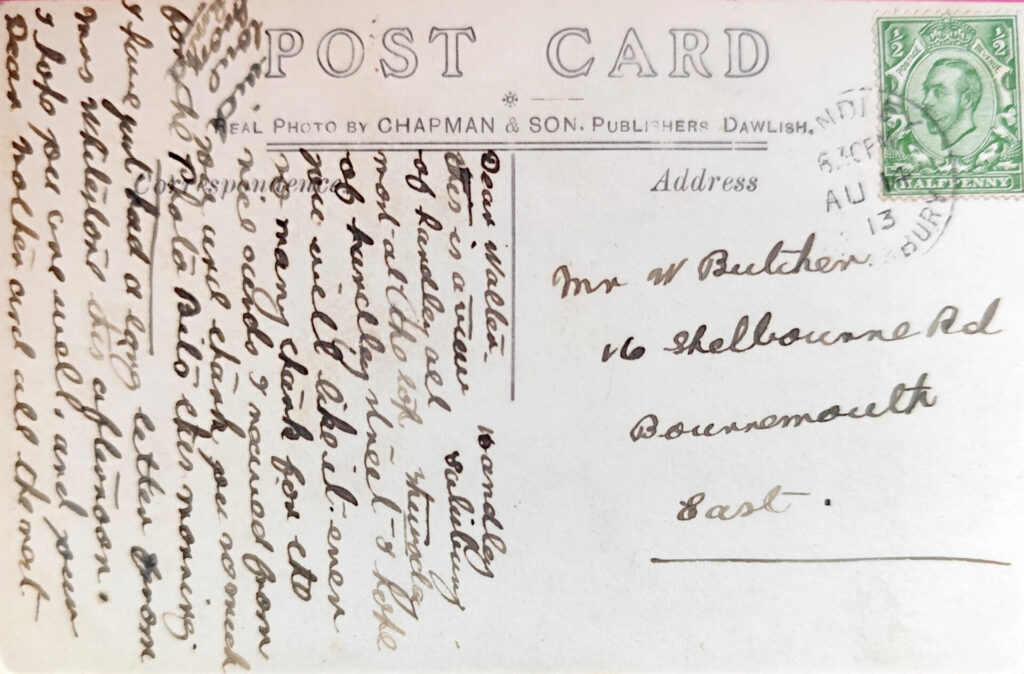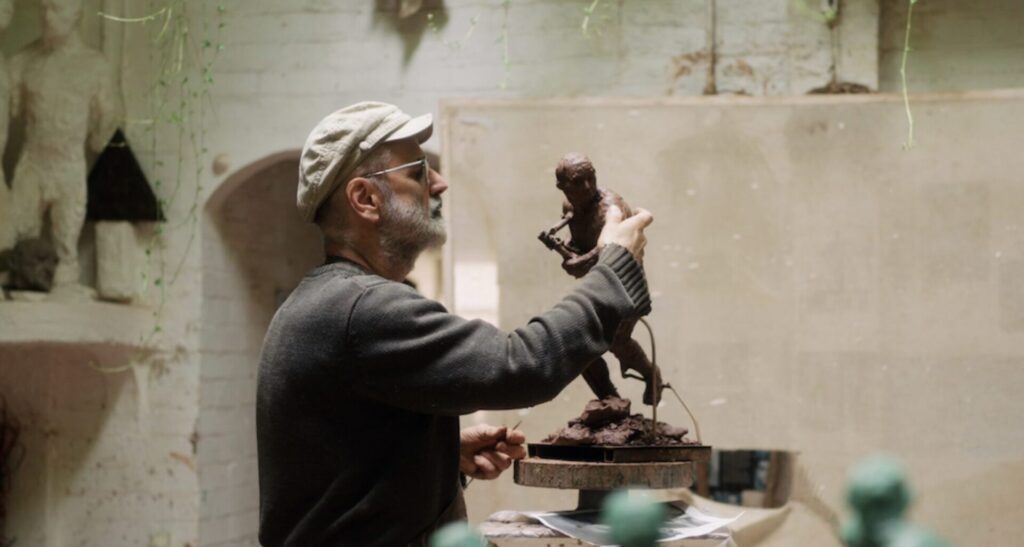Simon Hoare MP looks ahead – can Labour steady the ship, will devolution reshape Dorset, and how a misguided Reform Party threatens farming

Let me begin by wishing you, your families and loved ones a very happy New Year. I hope you had an enjoyable and peaceful Christmas. For those with family descending I trust it was not too overwhelming and for those on their own, I pray you were okay.
My sincere hope for 2025 is that we have a year of calm here in the UK, and one of positive moves to peace internationally. Turning to the latter first, can we dare hope that a new regime in the USA will provide a new impetus to end the loss of life in Ukraine and in the Middle East and to enduring peaceful settlements? Let us hope, too, that the new Syrian regime is not merely a leap from pan to fire but something different, which respects the dignity of human life and rights.
Here at home, even its most ardent supporters admit that the Government has got off to a rocky or patchy start. Bewilderment at Labour’s lack of preparedness to govern has quickly turned to exasperation that the Government has failed to road test policy ideas before launching them. Filling the gap of ignorance with bluster and bravado is no way to govern.
For the sake of all of us in North Dorset, we can only hope that Keir Starmer has made a New Year’s resolution to govern better. There is one sign of a shift in gear, in the realm of reform to Adult Social Care. This issue somewhat dominated PMQs last autumn, and indeed I called on the Prime Minister to find a lasting settlement through cross-party working. Recent briefings from No10 suggest that such an approach is currently being worked up. It will, undoubtedly, delay the vital reform by a year or so, but I think most people would prefer Westminster to get it right rather than meet an artificial deadline.
A mayor of Wessex?
Where Dorset led (in its delivery of a Unitary Council) others are now being propelled to follow, spurred on by the Government’s publication of its English Devolution White Paper. In the Commons I welcomed the Government statement of intent and the direction of travel. Larger councils have the potential to make significant savings while also improving service delivery and strategic outlook. Some form of combined Mayoral authority focussed on Dorset, Wiltshire and Somerset is certainly on the horizon. While the devil remains in the detail, there is some considerable merit in the proposal, given the close synergies of the three counties. I shall work to ensure we achieve the very best deal for Dorset.
Dorset farms
Given the importance of farming to both the North Dorset economy and environment, I will continue to resist the imposition of the Family Farm Tax. On the topic of agriculture I want to debunk any idea (proposed solely by themselves, I might add) that Reform is “the party of UK farming and farmers”.
It simply is not.
In fact, it is the opposite. Reform and its Farage-vanity-trips leader have advocated for a no-deal Brexit with the EU (cutting off vital UK food export markets), argued for a race to the bottom in terms of environmental and animal welfare standards and continue to trumpet for a trade deal with the US that would open our markets to a flood of unfettered cheap imports of chlorine-washed chicken and hormone-injected beef – injurious to public health (look at the US salmonella etc rates) and a hammer blow of fatal proportions to our UK livestock sector.
For Reform to now describe itself as “The Farmer’s Friend” is akin to Herod applying to lead the NSPCC!





